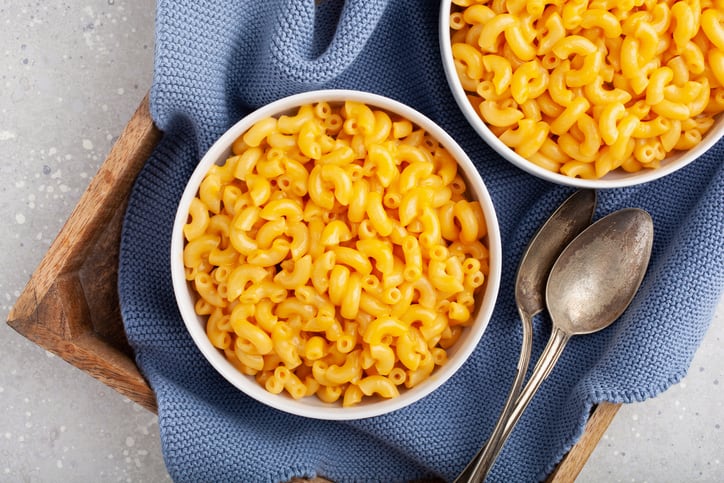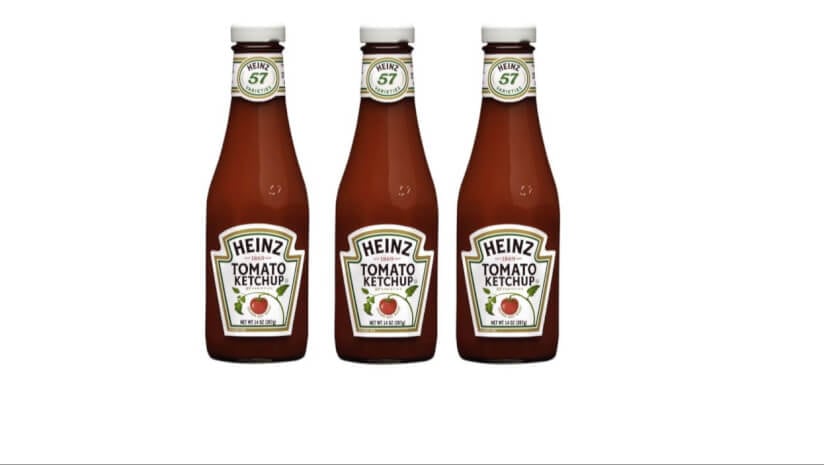Oscar Mayer and Mac & Cheese maker Kraft Heinz is rethinking its pricing and promotion strategy for some of its pantry staples after missing its top line targets in fiscal year 2024, including a 3% drop in net sales for the year and a 4.1% decline in net sales for the fourth quarter.
Company executives signaled a drop in sales in 2024 is due in part to consumers’ tightening their budgets, but also noted a decline in promotions’ effectiveness, which is prompting the company to rethink how it approaches both.
They added that innovation and renovation of the portfolio to meet modern consumer needs is also essential for long-term success.
“Remaining mindful of the consumer situation, we plan to make investments to adjust price gaps in select categories,” including Lunchables, Kraft Mayonnaise, Kraft Mac & Cheese and Capri Sun, all of which are under year-over-year topline pressure, CFO Andre Maciel told investment analysts yesterday during the company’s fourth quarter earnings call.
According to the company, these brands, along with Kraft Heinz’s exit from the bulk vinegar business, drove a 2.9% year-over-year decline in fiscal 2024 North American retail sales of the company’s “accelerate” platform – a selection of brands in which it sees growth potential with strategic investment.
In the fourth quarter, organic net sales of these and all brands fell 3.1% for total Kraft Heinz, which Maciel linked in part to a price increase of 1 percentage point over the same period last year and a 4.1 percentage point decline in volume and mix.
Consumer pushback on prices is not isolated to Kraft Heinz – rather experienced across categories and brands as shoppers seek to stretch inflation-constrained budgets by using more coupons and buying products on sale.
However, Kraft Heinz reported 1% of volume sold on promotion was down 2% versus the prior year. Longer range, volume sold on promotion was down 5% from 2019, said Maciel, who added the shift is part of the company’s continued effort to “balance long-term profitability.”
While company executives acknowledged investment analysts’ concerns that consumers are being trained to shop on promotion, which could devalue brands, they also underscored the importance of strategic promotions and price adjustments.
“While we will be investing more” in promotions and pricing, “we are also taking actions to ensure we generate positive returns. We have additional opportunities identified for 2025 to remove non-effective events that were not driving top or bottom line in 2024,” Maciel said.
CEO Carlos Abrams-Rivera added that not all promotions are working the same as the used to do, which is why the company is strategically investing in advertising that is culturally relevant.
Promotions and pricing alone are insufficient to drive meaningful change
The company also will continue to innovate and renovate products to meet evolving consumer expectations and increase investments in marketing that reinforces brand loyalty and underscores its products’ added value.
“We know that promotions without product improvement and marketing will not get us where we need to be,” said Maciel.
As such, the company is embracing what it has dubbed the “Brand Growth System” – a “critical component of our creative ecosystem” that provides “systematic and repeatable framework that complements our disruptive marketing and innovation efforts to drive brand superiority,” explained Abrams-Rivera.
He explained the system includes “running deep, forensic-like assessments that will uncover the most meaningful opportunities to drive brand superiority.”
He added the company is confident the Brand Growth System will make a “meaningful difference” because it has already seen its positive impact on pilots it ran in 2024. For example, Philadelphia cream cheese grew 13% in the club channel. Likewise, the system helped Heinz Ketchup in the UK gain 2.3 percentage points of volume share in a category where it has not grown share in five years, said Abrams-Rivera.
To build on this initial success, the company will scale the system to include Lunchables, Kraft Mayonnaise, Kraft Mac & Cheese and Capri Sun.
“On Lunchables, we are strengthening the core and expanding the occasions. Take, for example, our recent launch of Spicy Nacho, which his 17% incremental to the meal combo category – driven by increases in both buy rate and consumption,” Abrams-Rivera said.
Within the Mayonnaise business, Kraft Heinz is re-engaging lapsed users and attracting new ones with flavor innovations, including Pickle mayo, and better-for-you options through its Primal Kitchen brand.
Flavor innovation is also a key element to drive sales of Kraft Mac & Cheese with new ranch and jalapeno options hitting the market alongside better-for-you choices and new pack sizes, Abrams-Rivera said.
“Finally, on Capri Sun, I am very excited that we have generated a 5-percentage point improvement in the year-over-year sales,” thanks in part to innovation investments that include a new 64-ounce multi-serve and single serve bottles as well as renovations to improve taste, he added.
Executives remain optimistic despite tough year ahead
Looking forward, he stressed, this is the right long-term strategy to help deliver growth in the back half of 2025, which will offset predicted lighter sales in the first quarter.
Ultimately, the company expects flat organic net sales in 2025 as the best-case scenario and a 2.5% drop in the worst case, said Maciel.
He added this projection also accounts for ongoing uncertainties in the macro-economic landscape, including potential tariffs, food regulations, changes to food subsidies for lower-income shoppers and foreign exchange headwinds.
“We’ve got some work ahead of us to really drive growth” in this environment, “but I’ve got to tell you, I am feeling pretty optimistic about the momentum we’ve built. We’re making strides and that is something to be excited about,” concluded Abrams-Rivera.




